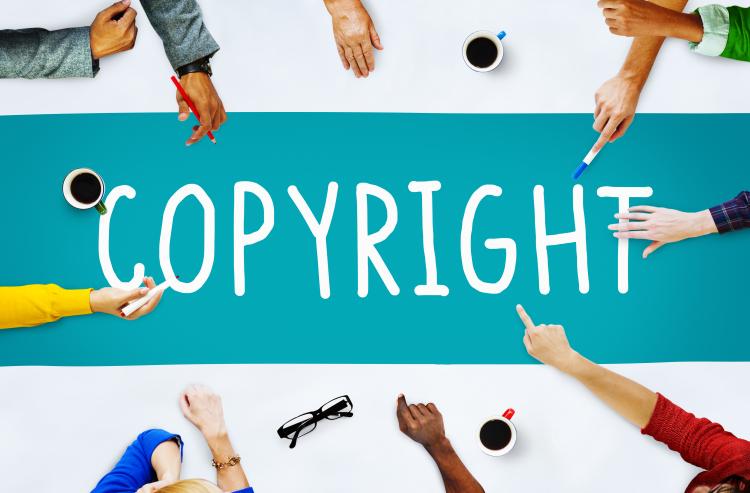
On September 20, 2022, the US District Court for the Northern District of Ohio Eastern Division (the Court) issued its decision in Hayden v 2K Games, Inc., et al., 1:17CV2635, granting in part the Plaintiff’s motion for summary judgment and denying the Defendants’ motion for summary judgment, relating to the depiction of tattoos in NBA 2K video games.
The Plaintiff, James Hayden, is the artist who tattooed various NBA players depicted in the NBA 2K video game series. He obtained copyright registrations for six tattoos inked on Danny Green, LeBron James, and Tristan Thompson (the Registered Tattoos). The Plaintiff moved for summary judgment on the issues of copyright ownership and copying by the Defendants, 2K Games, Inc. and Take-Two Interactive Software, Inc. (the Defendants) of the Registered Tattoos.
The Court first held that the presumption of validity applied to the Registered Tattoos, finding that the tattoos were sufficiently permanent and not transitory, that “publication” occurred on the date of tattoo completion for each of the six works, and that there was sufficient evidence to prove ownership of the copyrights. After considering the case law, the Court concluded that the works were original and entitled to protection. The Court therefore granted the Plaintiff’s motion for partial summary judgment, holding that the Plaintiff owns presumptively valid, protectable copyrights in the tattoos.
The Court then turned to the Defendants’ motion for summary judgment, in which the Defendants alleged that the accurate and realistic depiction of the NBA players in the NBA 2K video games was fair use, implicitly authorized, and de minimis.
The Court determined that these were issues for a jury to decide. In considering the four fair use principles, the Court found that:
- Reasonable jurors could disagree about whether (or to what extent) the Defendants’ use was transformative and what weight should be accorded to commercialism;
- The Plaintiff’s work is expressive and creative rather than factual and informational, which weighs in the Plaintiff’s favour. However, the Registered Tattoos were published once the NBA players left the Plaintiff’s establishment with the tattoos affixed to their bodies, which weighs in the Defendants’ favour;
- The Registered Tattoos were used in their entirety, but the degree of observability and the importance of their use to the video game as a whole is up to the jury; and
- The burden of proving a potential market remains with the Plaintiff and genuine factual disputes are within the jury’s purview.
The Court also concluded that the jury will need to determine whether or not the Plaintiff intended to authorize or license third-party use of the Registered Tattoos, and whether the Defendants’ replication diminishes the original works.
The Court therefore granted in part and denied in part the Plaintiff’s motion for partial summary judgment, and denied the Defendants’ motion for summary judgment.
In March 2020, the US District Court for the Southern District of New York considered a similar case and held that the replication of basketball players’ tattoos in a video game did not constitute copyright infringement since the use of the tattoos was found to be both de minimus and fair use, as previously reported by the E-TIPS® Newsletter here.
Summary By: Steffi Tran
E-TIPS® ISSUE
Disclaimer: This Newsletter is intended to provide readers with general information on legal developments in the areas of e-commerce, information technology and intellectual property. It is not intended to be a complete statement of the law, nor is it intended to provide legal advice. No person should act or rely upon the information contained in this newsletter without seeking legal advice.
E-TIPS is a registered trade-mark of Deeth Williams Wall LLP.
